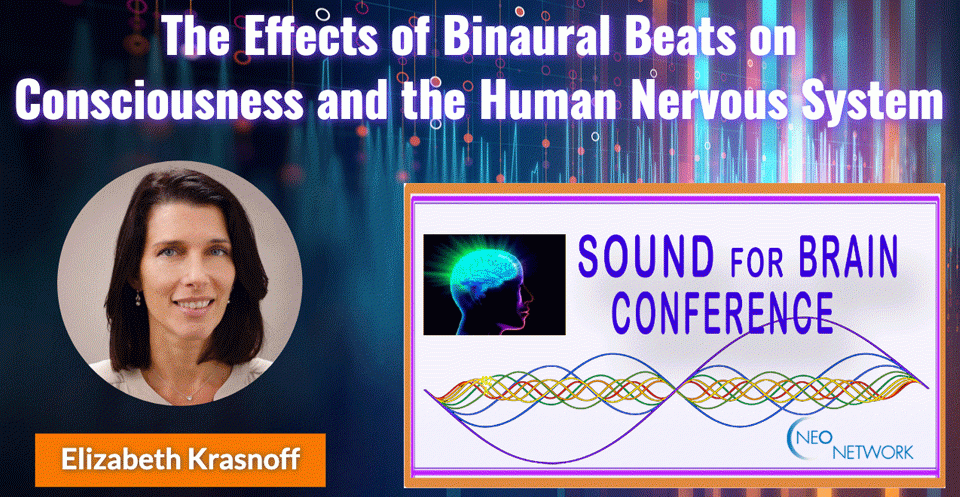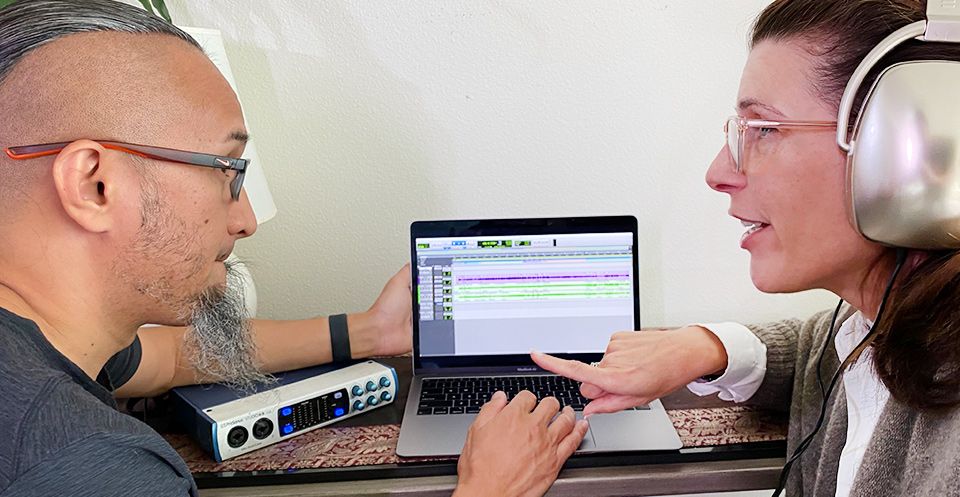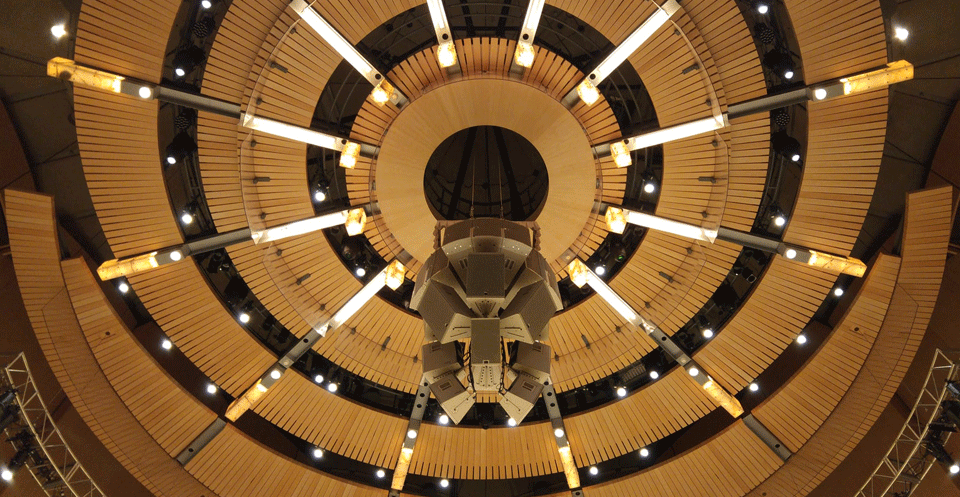New Assistive Technology For Hearing-Impaired Persons

The total cost of untreated hearing loss is high, with consequences for entire communities. Yet hearing loss remains largely unidentified and undertreated. Sensory perception is of great importance for hearing-impaired persons. According to surveys, difficulties with communication outweigh the psychological problems associated with hearing loss. Today hearing-impaired persons can benefit from technology such as hearing aids and cochlear implants, as well as audio induction loop systems.
Advancements in hearing aid technology give hearing-impaired persons to participate in the workplace and interact with others under equal conditions. Yet most hearing-impaired persons do not use hearing aids. There is currently a culture of poor take-up of hearing aids and poor awareness of, and access to, hearing health care services. Utilization of cochlear implants is also quite low due to cost and limited access. The World Health Organization (WHO) recently urged health policymakers to promote and optimize access to assistive hearing technologies as part of routine health care.
Audio-frequency induction loop (AFILS) sound systems are designed for use by people with hearing aids. An AFILS works by installing looped cables around the area of coverage with a loop amplifier and a source of sound such as a microphone, music source or television. When the audio source is connected to the loop amplifier, sound is transmitted via the loop cable and received by the hearing aid or receiver device. To use the AFILS, the user simply turns on the T setting on their hearing aid. This allows the AFILS to deliver the audio source as a ‘pure’ signal, rather than the general sound usually detected by a hearing aid or cochlear implant. The general sound usually includes distractions such as other voices, traffic noise or ambient room noise.
AFILs are commonly used in environments where hearing-impaired persons can benefit from the signal, in public access areas such as shopping malls, banks, post offices, classrooms, churches and medical clinics to provide inclusive environments for all. Cochlear implant users and hearing-aid wearers can experience AFILS through moving, but hearing persons can also experience them by using a corresponding device. AFIL systems are also used in integrative schools for deaf, hearing-impaired and hearing students and teachers.
References
Economidou, E., Hengeveld, B., Kubesch, M., Krischkowsky, A., Murer, M., & Tscheligi, M. (2021, June). Audio-frequency induction loops (AFILs) as a design material for architectural interactivity: An illustrated guide. In Designing Interactive Systems Conference 2021 (pp. 1201-1214).
Weinstein, B. E. (2022). If not now, when: A turning point for audiologists. The Hearing Journal, 75(3), 7-8.











